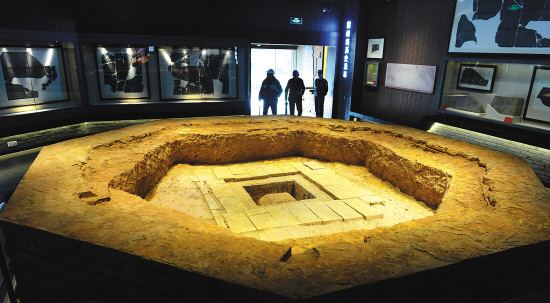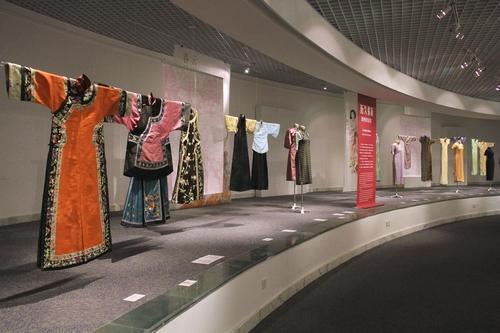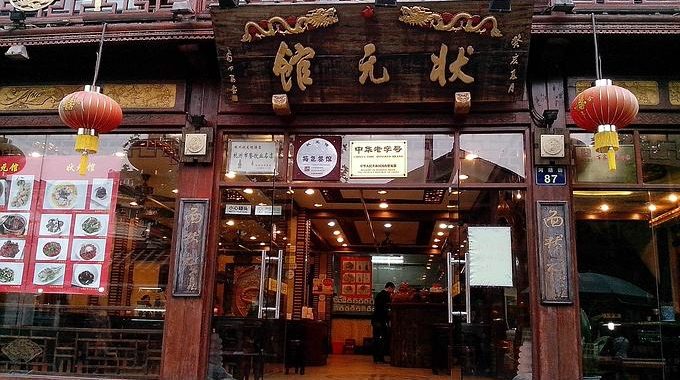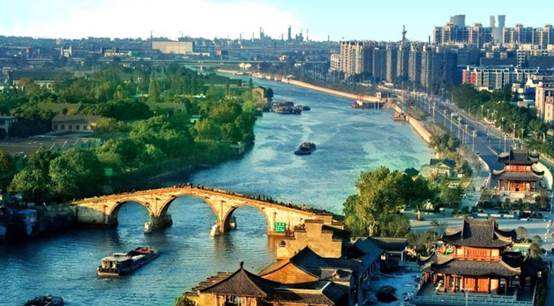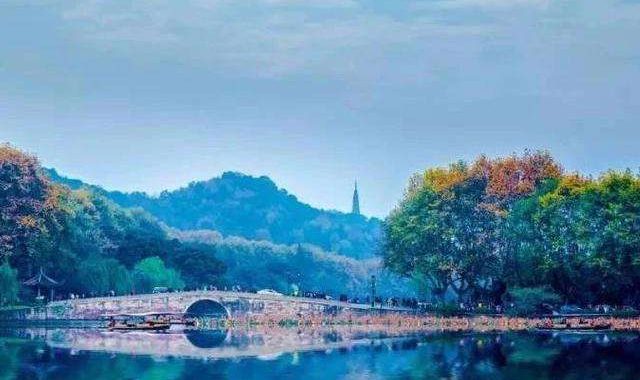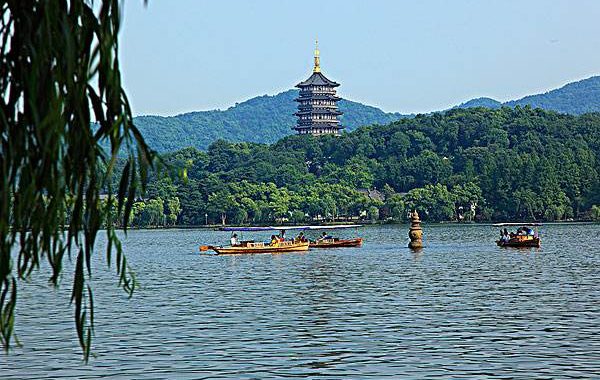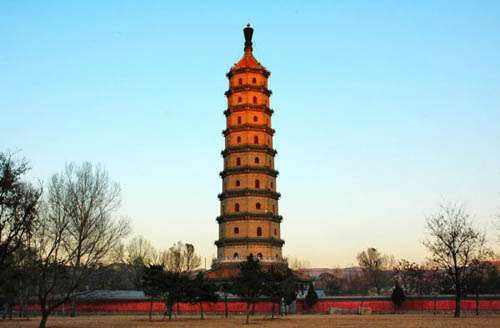Xitang,a Serene Water World
3 min readCivil residences south of the lower reaches of the Yangtze River are famous for their fresh and elegant styles and distinctive features. The ancient town of Xitang is a typical example of these dwellings.
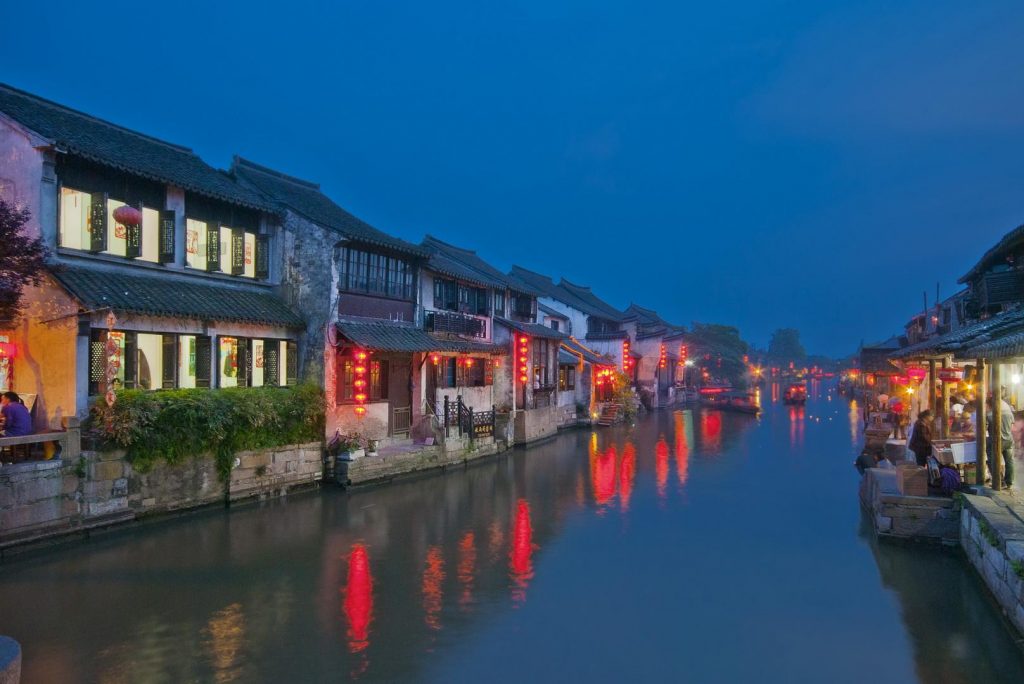
Xitang is located in Jiaxing, Zhejiang Province, between Shanghai and Hangzhou. Though small in size, this ancient town boasts a long history. It was first built in the Spring and Autumn Period(770-476 BC), at the border between the states of Wu and Yue. The present layout had already taken shape before the Song Dynasty(960-1279), and the famous Wangxian Bridge in Xitang is a legacy of the Song. By the Ming and Qing dynasties, Xitang had become a renowned trade center for farm products, silks and ceramics, all produced in the surrounding areas and famous throughout the country.
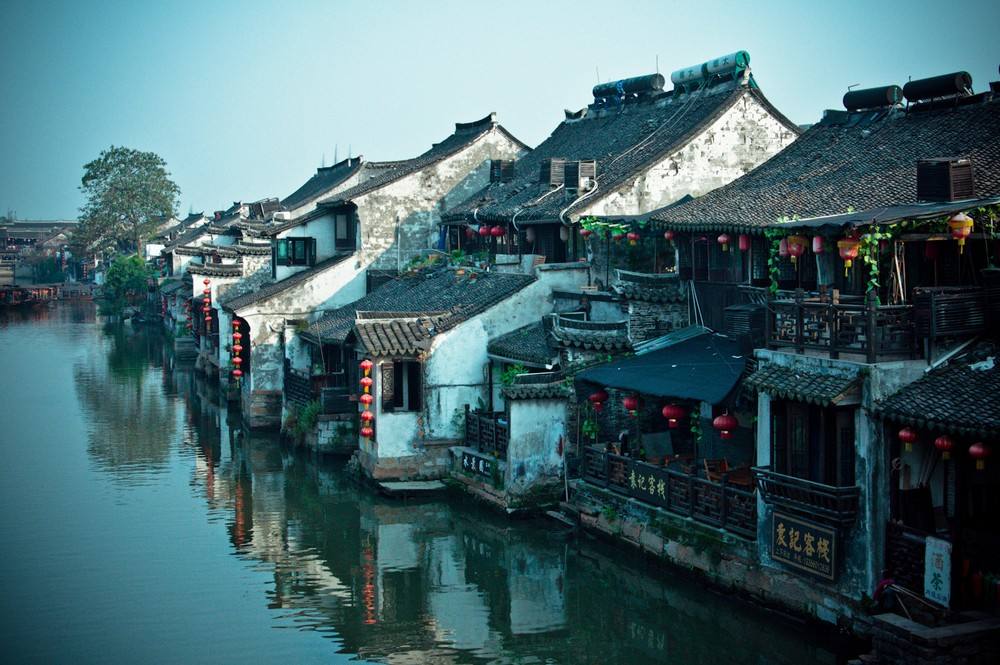
The residences in Xitang are built alongside the water.”Families live in the midst of waters, bridges arch over the rivers, passengers walk across the bridges, boats pass under the bridges; shops stand at the head of bridges, and their reflections sway in the water,”is how people described the village.A newcomer strolling through the town is soon plunged into a real-life intoxicating landscape painting.
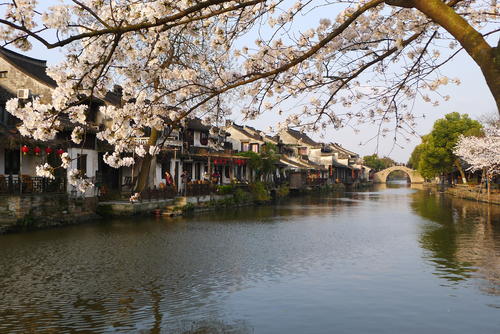
Xitang is situated on the shores of Taihu Lake, with the Great Canal passing by it. There are nine winding rivers intersecting the town into eight blocks. Each house is located facing a river, as are the shops. Xitang people row small boats along the rivers to their destinations, instead of walking on foot through streets and lanes. Weeping willows and colorful flowers grow along the riverbanks, and flocks of water birds and white geese play on the water dotted with plants of floatingheart. Several hundred ancient bridges of different shapes and sizes arch over the rivers like crescent moons. Famous bridges include the Wufu, Wolong, Huanxiu, and Songzilaifeng bridges. Walking on the bridges is like walking along streets of the heavens.
One feature of the houses in Xitang is their seclusion and serenity. As land is limited, Xitang people make careful calculations when they build houses and lanes. All the 100-plus lanes are less than one meter wide but more than 100 meters long. Standing in such a lane and looking upward, one only sees a line of sky overhead; walking on the stone-paved lanes, one’s echoing steps make the ancient lanes appear even more mysterious and secluded. The most famous lane is Stone Skin Lane-so named because it is paved with thin and shiny slabs of stone. Along Stone Skin Lane are its two most famous buildings-Zhongfu Hall and Zunwen Hall.
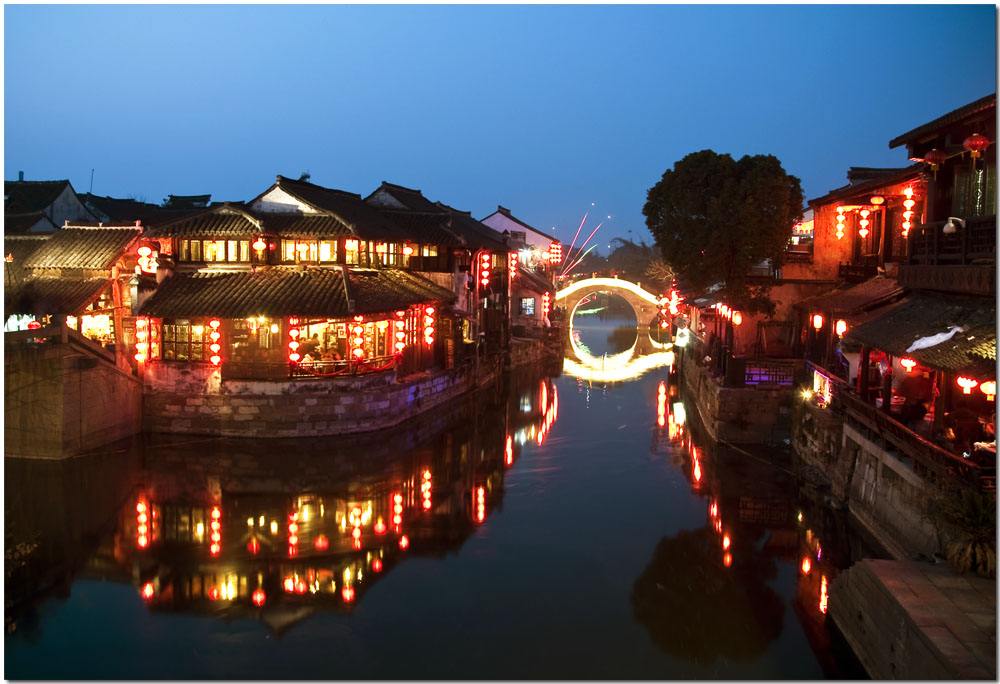
Ascene south of the lower Yangtze River
The serenity and seclusion of Xitang is also reflected in the depth of the house,a Chinese aesthetic ideal in the construction of a residence, as evident in the verse line,”How actually deep is the deep compound?”Many rich families built residences with several courtyards in row. Three courtyards in a row is commonplace; while a large residential compound has five or seven courtyards. Zhongfu Hall, mentioned earlier, has seven courtyards: the first is the entrance hall with high gates, carved beams and painted ridgepoles; the second is for sedan-chairs; the third is the main hall, called Zhongfu Hall; the fourth, for flowers; the fifth, the living quarters; the sixth and seventh, respectively, for the granary and hired staff. With a garden rearmost, this compound extends more than 100 meters long. Such an architectural style explored the essence of “depth”to the extreme.

